Important News! I’ve created a test pack for this project.
Download CDDAMansionTestPack.zip 33KB
It’s a little different from my ultimate goal. This will only produce 4 variations of the mansion to ensure z-levels are stacked properly. Please try it out and then criticize it without mercy give me helpful feedback here.
[hr]
Original Post:
Proposal: Take the bulk of mansion generation out of hard code and into json files while also upgrading the layout.
Purpose: To see how I like coding for CDDA with a relatively small project.
Who am I?: Amature programmer with zero Github experience. You may have seen my sprite-work in some of the tilesets.
True Purpose: What I’d really like to fix is the missions. The buggy missions keep ruining my games.  That would be a lot to take on for my first dive into the source though. We’ll see how this goes.
That would be a lot to take on for my first dive into the source though. We’ll see how this goes.
Progress: I’ve found the appropriate code and read through it. It’s quite interesting how they inserted the furniture layouts into rooms of varying size, but the downside is furniture blocking doors. I don’t think I can imitate that with json files, and I don’t intend to. However, I will try to keep the loot drops of the original, and that will require a large amount of tedium.
Actual Progress: I’ve drawn up some blueprints for the ground floor of a mansion. The pieces are modular, so with a bunch of them for the rng to choose from each mansion should feel somewhat unique.
[spoiler=Corner Images]
[/spoiler][spoiler=T-Intersection Images]
[/spoiler][spoiler=Middle Images]
[/spoiler]I threw these together quickly, and I have to rework some of the ideas here, like which pieces hold the adjoining walls. For example, the pool doesn’t work with my ball room. Criticisms, advice, and ideas are all welcome.

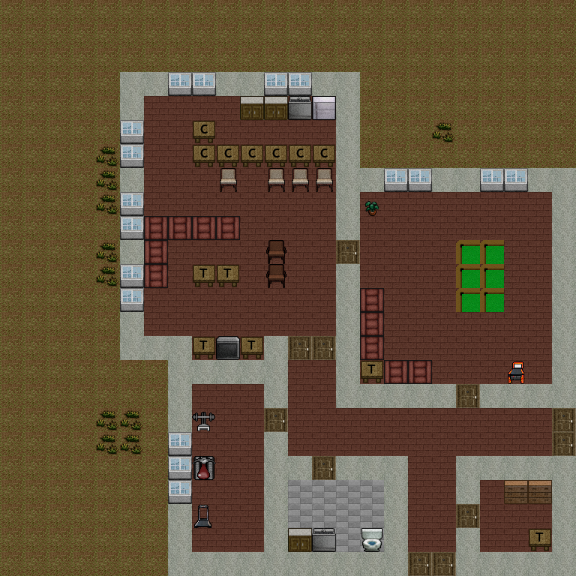
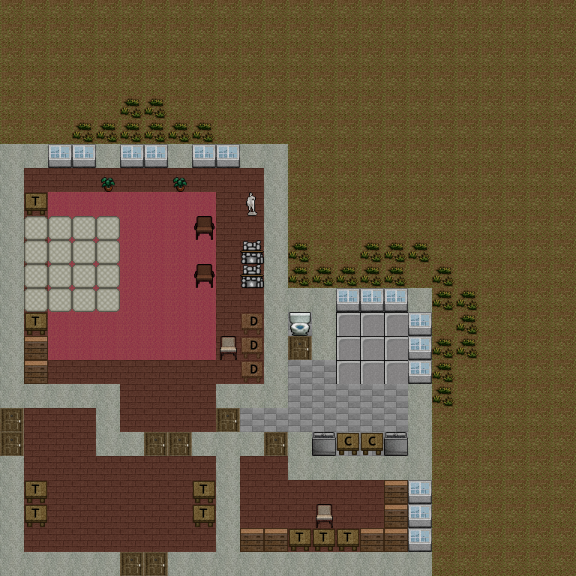

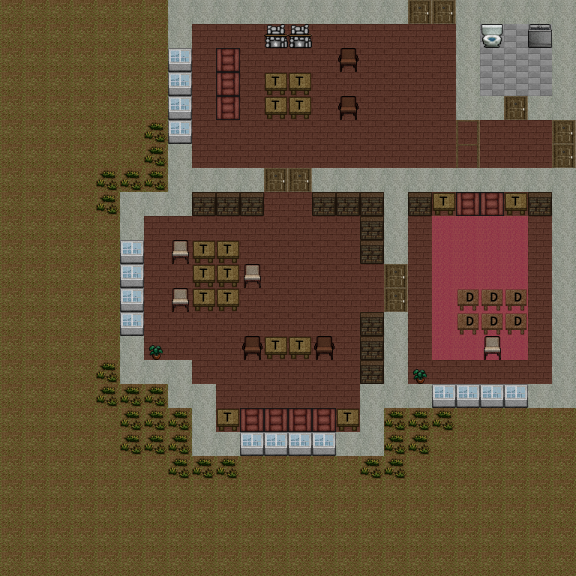
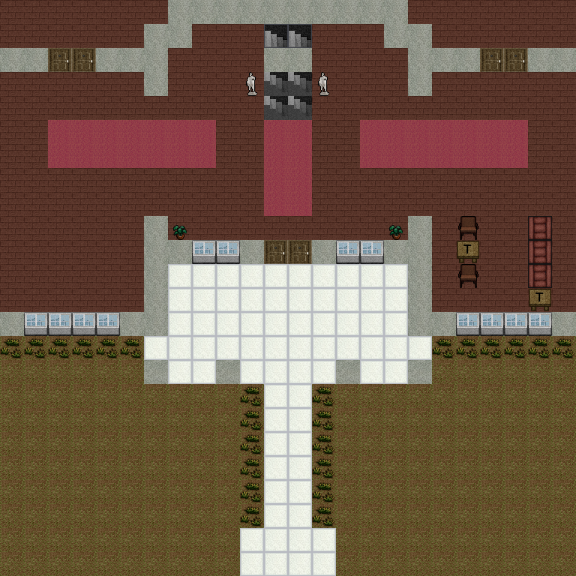
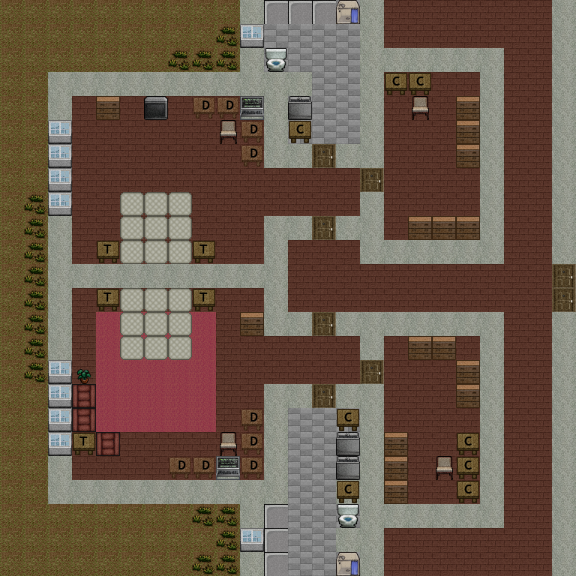
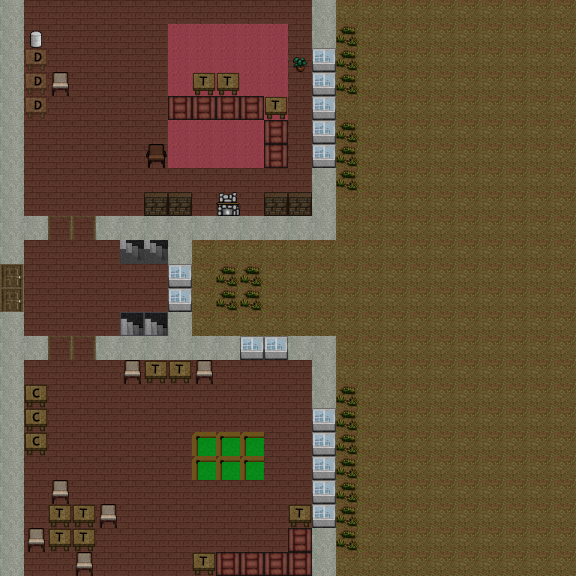


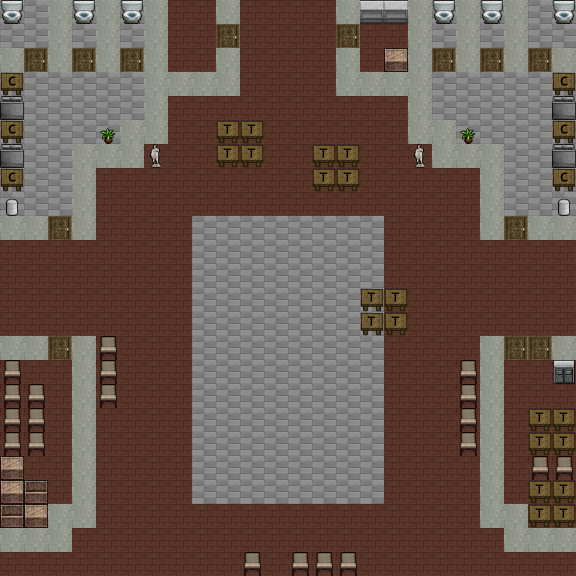
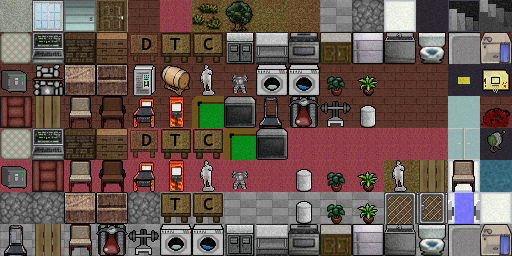 [/li]
[/li]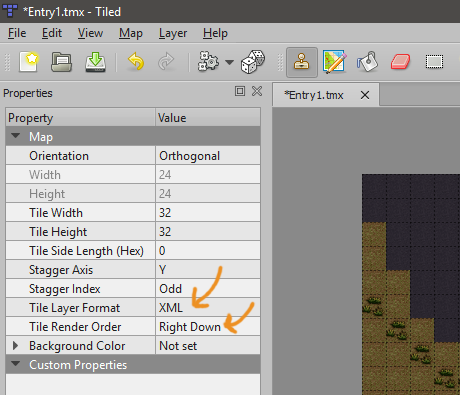 [/li]
[/li]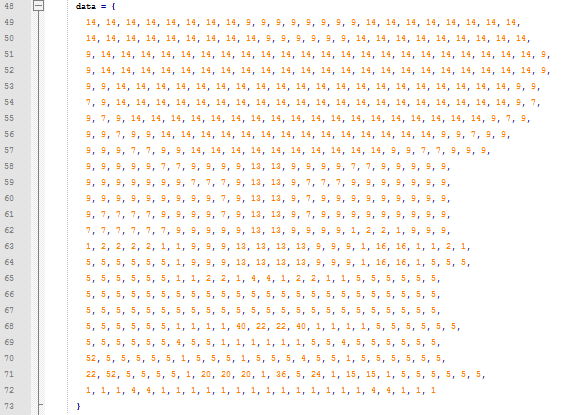
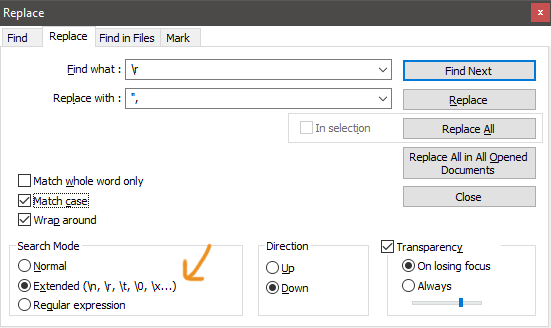 [/li]
[/li]